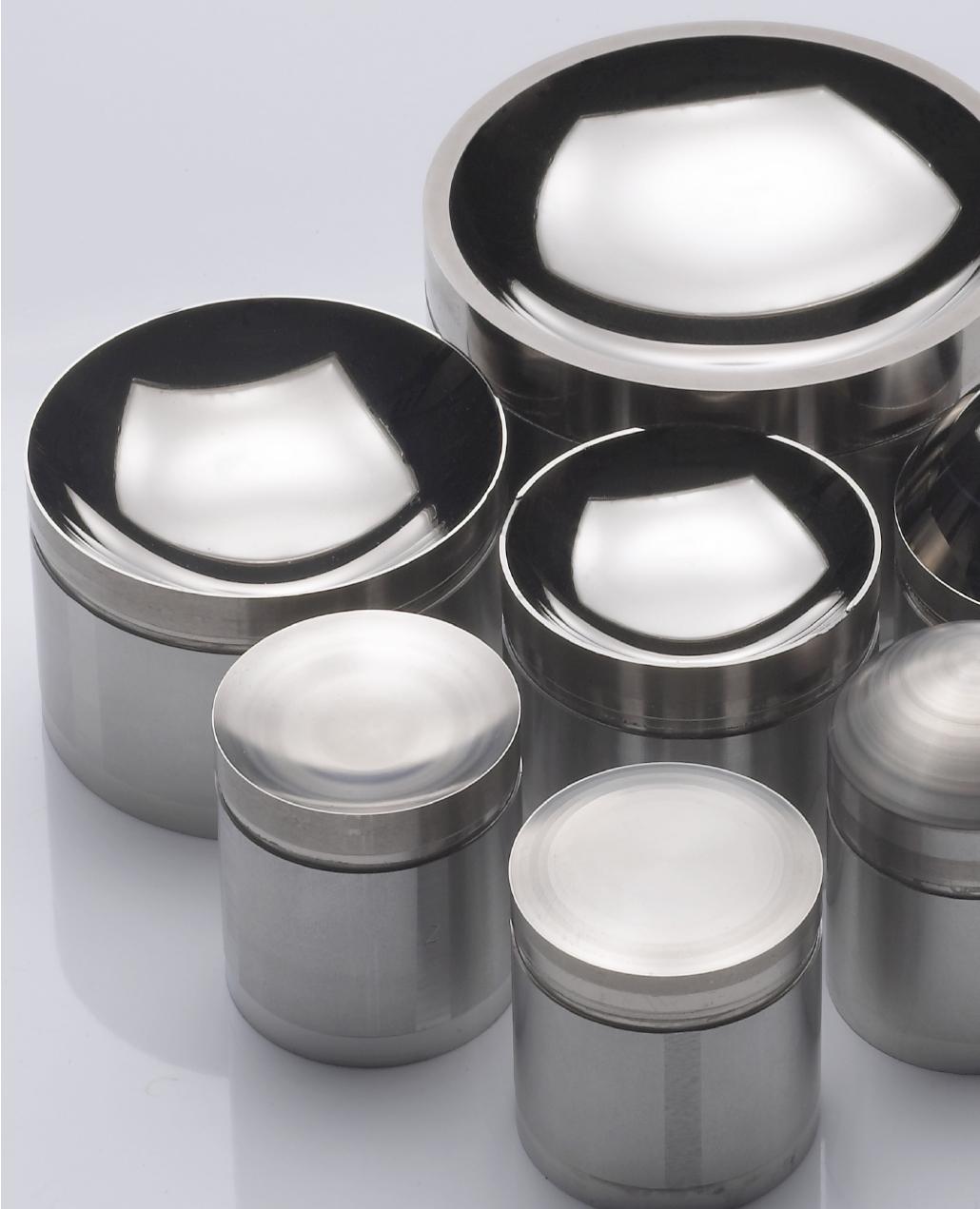Products
BÖHLER M310 ESR- PLASTIC MOULD STEEL
M310 M333 M340 M390 M461 K329 N700
The Introduction of M310 ESR
Advanced martensitic stainless chromium steel for plastic moulds.
Thanks to electroslg remelting, special measures in hot forming and hest treatment and optimizion of chemical composition the BÖHLER grade M310 ISOPLAST offers numerous advantages:
Good corrosion resistance
Capability of taking a high polish
Good photoetching properties
Good machinibilty
High wear resistance
Application
Moulds for chemically aggresive plastics (e.g. PVC) and plastics containing abrasive fillers.
Owing to its excellent polishability, this grade is particularly
Suited for mould of lenses and other kinds of optical products, such as spectacles, camera parts.
Heat Treatment Information
Heat treatment
Hot forming
Forging
1050 to 850°C
Slow cooling in furnace or thermo insulating material.
Annealing
840 to 870°C
Slow controlled cooling in furnace at a rate of 10 to 20°C/hr (50 to 68°C) down to approx. 600°C , further cooling in air. Hardness after annealing: approx. 200HB
Stress relieving
approx. 650°C
After through heating, soak for 1 to 2 hours in neutral atmosphere/slow cooling in furnace.
Hardening
1000 to 1050°C/ Oil, air
Holding time after temperature equalization: 15 to 30 minutes.
Obtainable hardness: 53-56 HRC
Tempering
100 to 200°C
Slow heating to tempering temperature immediately after hardening/time in furmace 1 hour for each 20mm of workpiece thickness but at least 2 hours/cooling in air.
Repair welding
Welding is not to be recommended.
TOP
BÖHLER M333 ISOPLAST
WITH A MIRRORED FINISH GUARANTEE-FOR SHINING RESULTS
OPTIMUM POLISH ABILITY FOR MIRROR FINISH
IMPROVED THERMAL CONDUCTIVITY
EXCEPTIONAL TOUGHNESS AND HARDNESS
VERY GOOD CORROSION RESISTANCE
HIGHER PRODUCTIVITY WITH LOWER COSTS
Working with tooling specialists, BÖHLER has developed a material with a revolutionary composition, manufactured via a new melting technology, resultin in the best polish ability , outstanding toughness, very good corrosion resistance and improved thermal conductivity.
This collection of positive attributes guarantees cost savings by considerably reducing the effort needed for polishing to a mirror finish; guaranteeing longer mould life, (thus ensuring reduced need for new tools, reducing maintenance and repair time, and providing security against fracture) and increasing productivity by shortening cycle times.
Thus, the production of mirrored finish moulds means no more risk for the mould maker.
|
Heat treatment |
|
|
Soft annealing |
730-780°C/Furnace cooling |
|
Stress relieving |
approx.650°C |
|
Hardening |
1000 to 1030°C |
|
Cryogenic treatment |
Cryogenic treatment at-150°C is recommended for dimensional stability. |
|
Tempering |
Tempering should occur directly following hardening. Tempering at least twice is recommended. |
|
Microstructure |
ferrite + carbide |
|
Microstructure |
Martensite + carbide |

